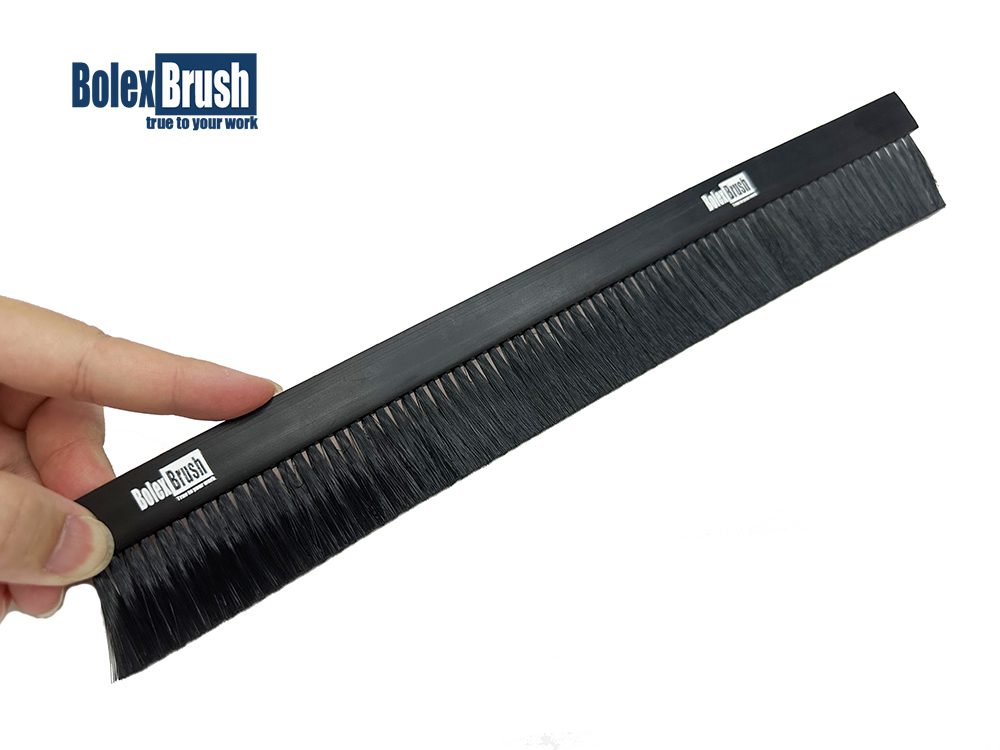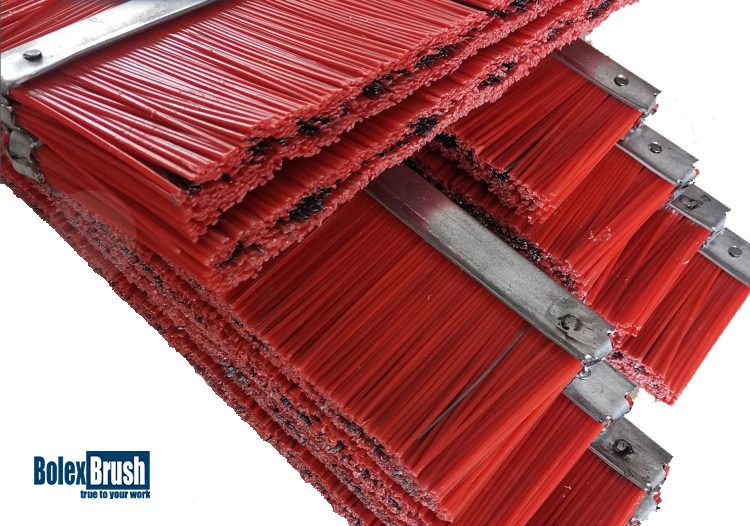The Ultimate Guide to Understanding the Importance and Benefits of Strip Brushes
When it comes to industrial and commercial applications, strip brushes have become a vital component in ensuring efficiency and productivity. These brushes offer a range of advantages due to their design and functionality, making them an essential tool for various industries.
Strip brushes are made up of a base strip or brush holder that contains rows of bristles, which can be made from different materials like nylon, natural fibers, or metal. These bristles are attached to the base and are usually secured with a clamping mechanism. The strips can be customized in terms of length, density, and material to meet specific requirements.

One of the primary reasons why strip brushes are important is their ability to effectively seal gaps and prevent dust, debris, and other contaminants from entering sensitive areas. This is especially crucial in applications where cleanliness and hygiene are a top priority, such as food processing plants, pharmaceutical facilities, and cleanrooms.
Furthermore, strip brushes are highly versatile and can be used in a wide range of industries and applications. They are commonly employed in the manufacturing sector to remove debris, burrs, and excess material from products, ensuring a smooth finish. Strip brushes are also used in conveyor systems to clean and guide products, preventing jams and ensuring a steady flow of materials.
Strip brushes also play a crucial role in the automotive industry. Automotive manufacturers rely on strip brushes to clean car bodies before painting, ensuring a flawless finish. These brushes are also used to remove excess water and debris from car wash machines, keeping them functioning at their best.
In addition to these functional benefits, strip brushes also offer several advantages in terms of maintenance and longevity. The bristles can be easily replaced when they wear out, extending the lifespan of the brush itself. The base strip can be designed to be easily cleaned or replaced, making maintenance hassle-free.

Strip brushes are also cost-effective in the long run, as they help prevent damage to equipment and reduce downtime. By creating a seal and preventing contaminants from entering sensitive areas, strip brushes reduce the risk of machinery failure and the need for costly repairs or replacements.
When it comes to choosing the right strip brush for your application, it is important to consider several factors. The material and stiffness of the bristles should be selected based on the specific requirements of your industry. For instance, in applications where heavy-duty cleaning is required, metal bristles might be more suitable, while softer bristles made from natural fibers can be used in industries like food processing.
The size and density of the bristles also play a role in the efficiency of the brush. Higher bristle density ensures better coverage and cleaning performance, while longer bristles allow the brush to reach deeper areas. The base strip should be selected based on the dimensions and mounting options that best suit your equipment.


